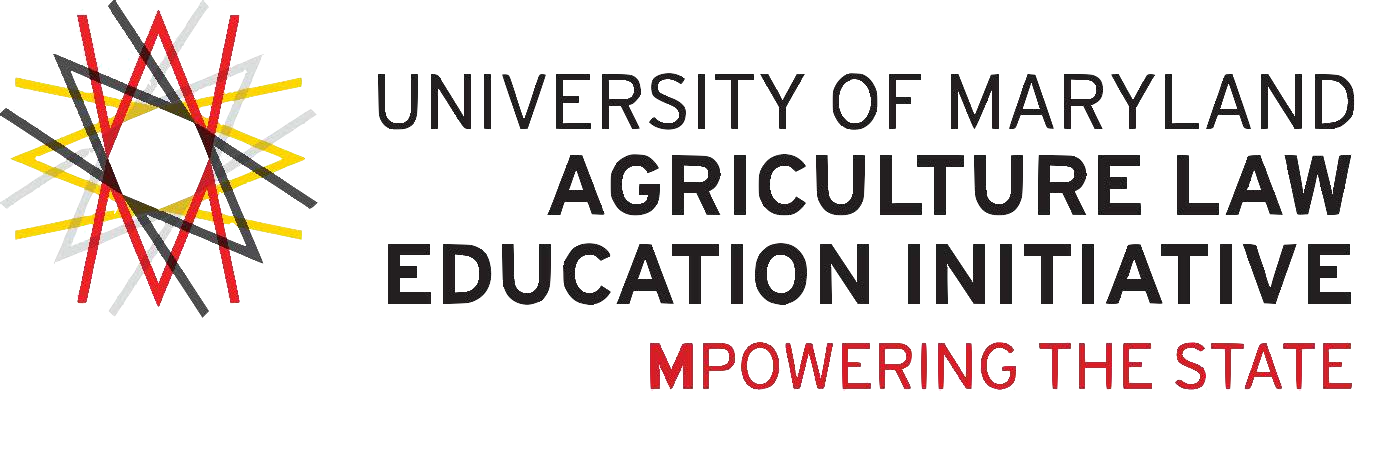Rotational Grazing
Description
Rotational Grazing involves grazing a portion of pasture while the remainder is allowed to “rest.” To use rotational grazing, pastures need to be divided into two or more paddocks with fencing to retain livestock in an intended area. The livestock is moved from one area to another on a regular schedule, which provides the livestock with new and continuous foraging areas and allows the field they were previously in to recover and develop new vegetation.
Livestock should not graze plants below a specific height or vegetation may not fully recover for the next cycle. SCD or NRCS can help design grazing practices. Given the many factors involved in a rotational grazing system, parties to a lease can either agree to a general provision referencing grazing (as described below) or to a more detailed plan created on an annual basis.
Considerations
How many paddocks will the pasture be divided into?
How often will livestock be moved?
What is the minimum time a pasture needs to recover?
Will the tenant be responsible for the cost and application of lime and/or fertilizer?
Will the tenant be responsible for weed control?
How will the livestock access water?
Are there natural water access areas that need to be restricted to protect soil and water quality?
Will livestock need any supplemental feeding, and if so, at whose expense?
Sample Lease Provision: Tenant agrees to consult with the county SCD and NRCS about rotational grazing practices before commencing grazing. Tenant also agrees to implement rotational grazing practices in accordance with NRCS standards. Tenant shall be responsible for all costs associated with grazing including the cost of lime, fertilizer, weed control, and fencing.
Alternative Sample Lease Provision: Landowner and Tenant agree to meet annually, prior to the commencement of grazing, to agree on a written rotational grazing plan which will be signed by both parties, dated and made a part of this lease. Tenant shall be responsible for all costs associated with grazing including the cost of lime, fertilizer, weed control, and fencing.

